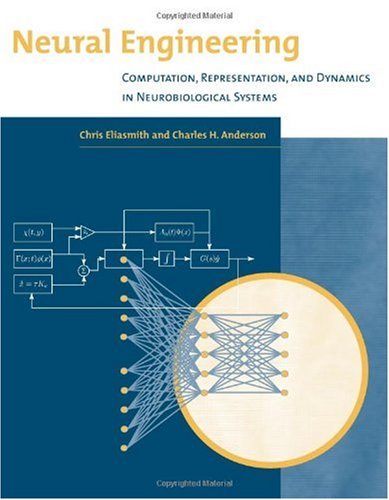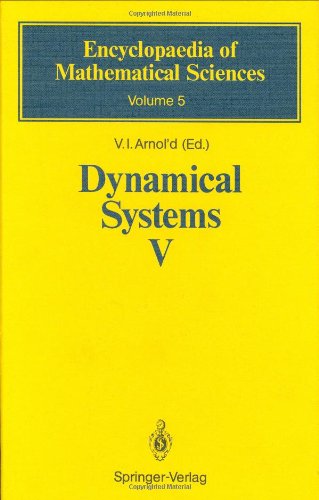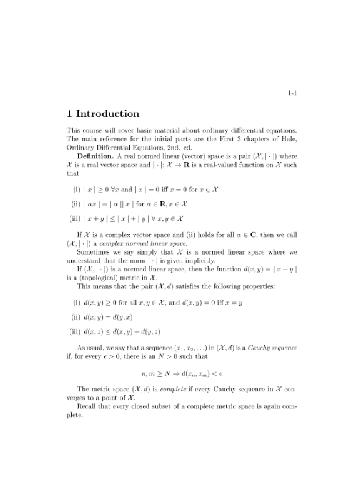Chris Eliasmith, C. H. Anderson9780262050715, 0-262-05071-4
For years, researchers have used the theoretical tools of engineering to understand neural systems, but much of this work has been conducted in relative isolation. In Neural Engineering , Chris Eliasmith and Charles Anderson provide a synthesis of the disparate approaches current in computational neuroscience, incorporating ideas from neural coding, neural computation, physiology, communications theory, control theory, dynamics, and probability theory. This synthesis, they argue, enables novel theoretical and practical insights into the functioning of neural systems. Such insights are pertinent to experimental and computational neuroscientists and to engineers, physicists, and computer scientists interested in how their quantitative tools relate to the brain. The authors present three principles of neural engineering based on the representation of signals by neural ensembles, transformations of these representations through neuronal coupling weights, and the integration of control theory and neural dynamics. Through detailed examples and in-depth discussion, they make the case that these guiding principles constitute a useful theory for generating large-scale models of neurobiological function. A software package written in MatLab for use with their methodology, as well as examples, course notes, exercises, documentation, and other material, are available on the Web. |
Table of contents :
Cover……Page 1
Contents……Page 8
Preface……Page 14
Using this book as a course text……Page 18
Acknowledgments……Page 19
1: Of neurons and engineers……Page 22
I: REPRESENTATION……Page 48
2: Representation in populations of neurons……Page 49
3: Extending population representation……Page 82
4: Temporal representation in spiking neurons……Page 101
5: Population-temporal representation……Page 150
II:
TRANSFORMATION……Page 162
6: Feed-forward transformations……Page 163
7: Analyzing representation and transformation……Page 205
8: Dynamic transformations……Page 240
9: Statistical inference and learning……Page 296
A:
Appendix: Chapter 2 derivations……Page 322
B: Appendix:
Chapter 4 derivations……Page 323
C: Appendix:
Chapter 5 derivations……Page 333
D: Appendix:
Chapter 6 derivations……Page 337
E:
Appendix:
Chapter 7 derivations……Page 340
F: Appendix:
Chapter 8 derivations……Page 348
References……Page 355
Index……Page 371 |







Reviews
There are no reviews yet.